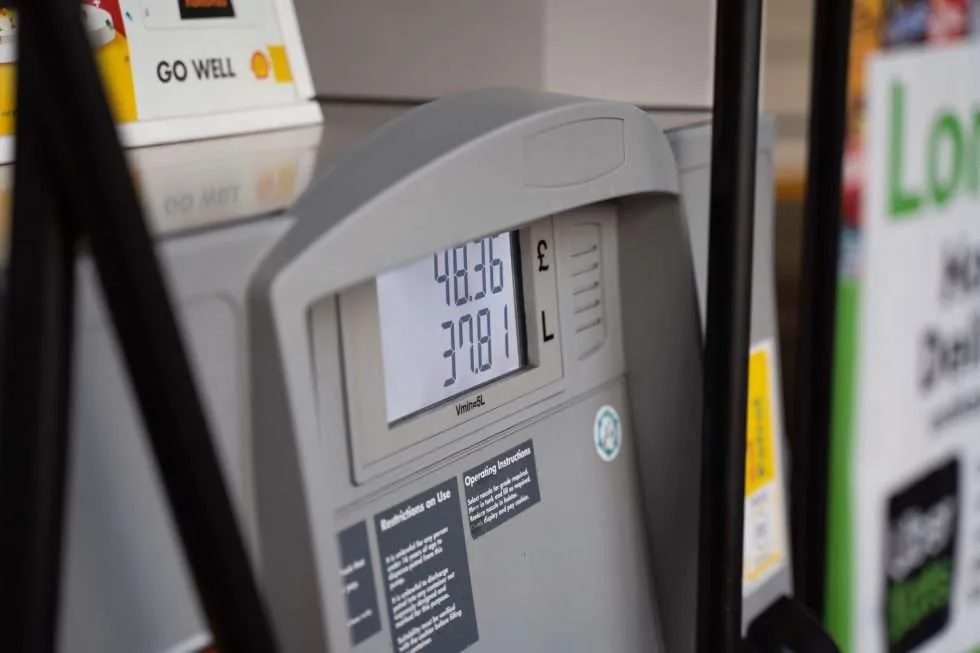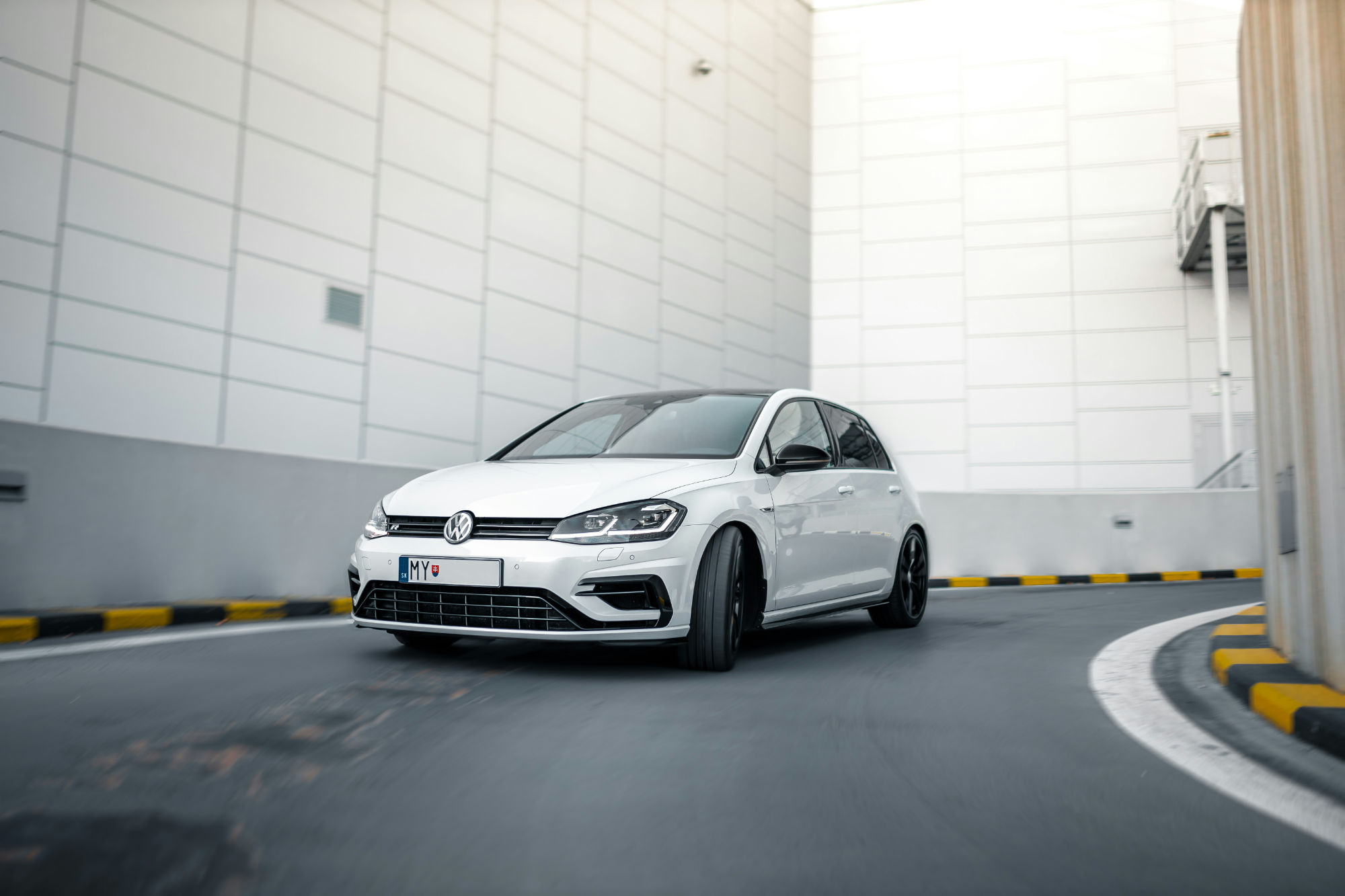Euro 95 (E10) vs Euro 98 (E5): Why premium gasoline costs more across Europe

The difference in price between Euro 95 (E10) and Euro 98 (E5) at gas stations across Europe is a topic of constant debate among motorists. For some, regular Euro 95 is perfectly sufficient, while others swear by the benefits of premium Euro 98. But why is Euro 98 consistently more expensive – often by €0.15 to €0.30 per liter?
In this article, we break down the key factors behind the price gap and explore how the difference plays out in major European countries.
What’s the difference between Euro 95 (E10) and Euro 98 (E5)?
Euro 95 (E10) contains up to 10% bioethanol, making it cheaper to produce and more environmentally friendly. Euro 98 (E5), on the other hand, contains a maximum of 5% ethanol but has a higher octane rating of 98. This makes it more resistant to engine knocking and better suited for high-performance engines.
For everyday drivers, E10 is usually the standard choice. For sports cars, turbocharged engines, and drivers seeking long-term engine protection, E5 remains the preferred option – albeit at a higher price.
5 Reasons why Euro 98 (E5) is more expensive than Euro 95 (E10)
1. Higher Octane Rating
The higher octane level (98 vs 95) improves combustion stability in powerful engines. Producing this higher octane fuel requires more advanced refining, which increases costs.
2. More Complex Production
Refining Euro 98 involves additional processing steps and higher-quality components. Sometimes special additives are required to achieve the higher octane level, which raises production costs.
3. Premium Additives
Euro 98 typically contains more or better additives, designed to clean engines, reduce emissions, and extend fuel stability. These additives come at a price that is passed on to the consumer.
4. Lower Market Demand
Most cars run perfectly fine on Euro 95 (E10). Since fewer people buy Euro 98, producers and fuel stations sell lower volumes, meaning fixed costs are spread over fewer liters. This makes Euro 98 more expensive at the pump.
5. Taxes and Environmental Regulations
European governments apply heavy taxes on fuel. Since Euro 98 is marketed as a premium product, some countries apply slightly higher duties or leave less tax relief compared to E10. Regulations on additives and emissions also add to costs.
Fuel prices in major European countries
The price gap between Euro 95 and Euro 98 exists across Europe, but the exact difference varies depending on taxation, adoption of E10, and consumer behavior. Here’s a breakdown of the main markets:
Germany – Widespread E10 adoption
E10 price: €1.85–€1.95
E5 price: €2.05–€2.15
Notes: Over 50% of German drivers use E10, which benefits from government promotion. Euro 98 is firmly positioned as a premium choice, explaining the clear price difference.
France – Strong shift towards E10
E10 price: €1.85–€1.95
E5 price: €2.00–€2.20
Notes: More than 60% of gasoline sales are E10. The French market shows one of the widest gaps between standard and premium fuels.
Italy – Highest fuel prices in Europe
E10 price: €1.95–€2.00
E5 price: Above €2.20
Notes: Italy applies very high fuel excise duties. E10 adoption has been slower, but Euro 98 is still significantly more expensive due to taxes.
Spain – Lower taxes, smaller gap
E10 price: €1.75–€1.85
E5 price: €1.95–€2.05
Notes: Spain has relatively lower fuel taxes, meaning prices are lower overall. The price gap is smaller compared to northern Europe.
Belgium & the Netherlands – Tax-Heavy markets
E10 price: Around €1.95
E5 price: €2.10 or higher
Notes: Both markets rely heavily on E10. High excise duties make fuel among the most expensive in Europe, with Euro 98 as a costly premium option.
Nordic Countries – Among the most expensive
E10 price: €1.95–€2.10
E5 price: €2.20–€2.30
Notes: Denmark, Sweden, and Finland have some of the highest fuel prices due to high taxation. Euro 98 is considered a niche product.
Is Euro 98 worth the extra Cost?
The higher price of Euro 98 (E5) is explained by its higher octane rating, more complex refining, premium additives, lower demand, and tax treatment across Europe. For the average driver, Euro 95 (E10) is sufficient and more affordable.
However, if you own a high-performance car, drive long distances regularly, or want the extra peace of mind of premium additives, Euro 98 may be worth the extra €0.15–€0.30 per liter.
Across Europe, the choice ultimately comes down to your car, your driving style, and your budget.
Looking for the latest fuel prices?

